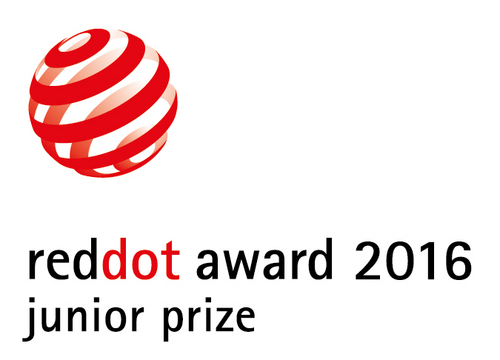
Client: SECStudio, Kunshan, China

Statement by the Jury
“Meet, or Not” simply and elegantly uses two circles to tell the story of the human being, who lifelong follows a dream. The black ball, representing the human being, and the white ball, representing their dreams, always revolve around one another, get closer to each other and part again. A flip or graphic rotation seamlessly transits from one scene to another, and the motion is able to express a melancholy that is fleeting yet deeply felt. The music adds to the mood, with the piano stringing the beholder along at every turn; how we long for the two circles to meet and, when they do, for that very moment to come to a standstill so that they will never ever have to part. As digital technology advances in leaps and bounds, many works are judged by the various tools that are readily available, and, as designers seek to create a visual language or be updated with the latest technologies, they may unintentionally neglect the ability to tell a story. “Meet, or Not” is a piece of work that is fairly outstanding in many areas – thus, the jury was immediately drawn to it. The idea is clear and precise, the technique apt, and, most importantly, the designers broke the mould, departing from the current direction of schools and trends, in order to create a style that is personal and tell a good story. This piece is simple in its message. Right from the start, the words “When we want to get close to each other…” quietly speak of its intention, hinting at the two possible scenarios of being together or apart. That quietness continues even as Kai Engel’s music comes in, and, with the accompanying melody, this quietness becomes pronounced, like the name of the music: “Silence”. The viewers are drawn into that space between the white ball and the black ball, becoming part of the picture, following its motion and getting caught in the narration. The designers, having been inspired by M. C. Escher, cleverly use inversion and perspective to tell a visual story that plays with the idea of space. The method is simple and yet, because of the simplicity in its presentation, a greater manoeuvre is allowed for the motion, in the interpretation of space and its possibility, and in giving the viewer room for their imagination, an experience of a wonderful visual. “Meet, or Not” stands out because it not only embodies well thought-out quality in terms of design, content and technique, but also captivates and emotionally touches the viewer. Thus, it surprised the jury as it goes beyond of what is expected of a student. This animation portrays rather a designer that is mature, showing ability and potential. Whether it is the written words or the motion, the viewers are made to think. In this case, awarding a story which is well told in its metaphor is more than just encouraging the potential or creativity that we see; we are truly convinced by its excellency.
